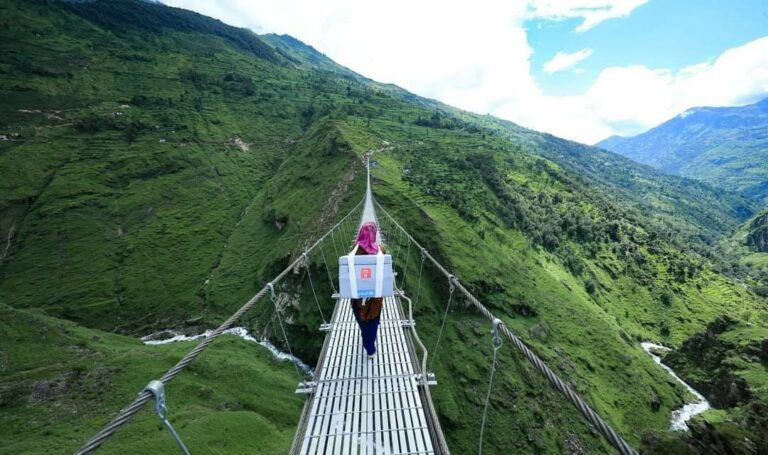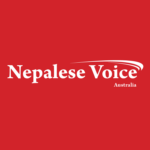
The Ministry of Health and Population said that coronavirus antibody was found in 80 percent of those who received a single dose of anti-COVID vaccine and 90 percent of those who’ve received both shots.
The second national seroprevalence survey conducted by the government included 13,161 people over the age of six months who took the vaccines against COVID-19 from July 5 to August 14.
As per the survey result, 68.6 per cent samples showed development of antibody.
It was found that the antibody was developed up to 80 per cent among people who were vaccinated once and up to 90 percent among people who received the full dose.
Ministry Spokesperson Dr Krishna Prasad Poudel said the finding showed that the anti-COVID vaccination drive in Nepal was effective.
The Nepal government is currently administering Vero Cell, Johnson and Johnson and Covishield/AstraZeneca vaccines.
So far, over 5.5 million and over 4.5 million people have received the first and second dose of the vaccines, respectively. The government plans to inoculate 78 per cent citizens by the end of this year.
Among the total population of 30,446,381, as per the Central Bureau of Statistics (CBS) Census 2011, a total 5,063,522 people (16.6 per cent) have taken their first dose of anti-COVID vaccine and 4,527,765 people (13.5 per cent) have been fully vaccinated, so far.
Nepal government still needs more than 40 million doses of vaccines to inoculate its targeted citizens.
According to the government’s new plan, children aged between 12 and 17 will also be included in the vaccination program. The government had earlier planned to vaccinate only those aged above 14 years.
VACCINE TIMELINE
As of Sunday, the country has received 13,357,590 doses of vaccines including AstraZeneca, Vero Cell and Johnson & Johnson.
Nepal launched its vaccination campaign on January 27 with the 1 million doses of Covishield received in grant assistance from India under its Vaccine Maitri programme.
In the first week of March, COVAX facility supplied 348,000 doses of Covishield. Towards the end of March, 800,000 doses of VeroCell were provided by China as grant assistance.
In June, an additional 1 million doses of Vero Cell arrived in Kathmandu as Chinese grant.
On March 28, the Indian Army had provided 100,000 doses of Covishield to the Nepal Army for army personnel and their dependents.
The United States through COVAX facility provided 1.5 million doses of single shot Johnson & Johnson vaccine on June 12.
Similarly, on August 6, the government of Bhutan supplied 230,000 doses of the AstraZeneca vaccine.
Japan sent 513,420 doses on August 7 and 333,900 doses on August 8, as a part of its commitment to providing 1.6 million doses through COVAX facility. Then 208,060 doses arrived in Kathmandu in second batch on August 21 from Japan.
On August 23, the remaining 559,360 doses were delivered by the Japanese government.
Similarly, Nepal received 130,000 doses of AstraZeneca vaccines as grant from the United Kingdom on August 26.
The Ministry of Health and Population has been working to purchase an additional 6 million doses of the Vero Cell vaccine from China.
The government has already paid for 4 million doses of the Moderna vaccine to the US manufacturer through the World Bank, and its delivery is expected by mid-February.
Similarly, 11 million doses of vaccines from COVAX under a cost-sharing mechanism are also expected to arrive by mid-February. As the government is also initiating to vaccinate children between 12-17 years, the process to procure 6 million doses of Pfizer-BioNTech vaccine is also underway.






